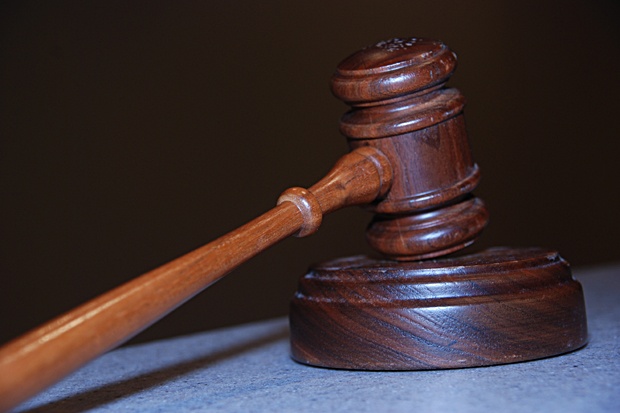eDiscovery Case Law: Facebook Did Not Deduce That They Must Produce

In this case, United States Magistrate Judge Howard Lloyd of the Northern District of California compelled Facebook to produce ESI that was previously produced in a converted, non-searchable format and further ordered Facebook not to use a third-party vendor’s online production software to merely “provide access” to it. The court’s order granting the plaintiff’s Motion To Compel Production in In re Facebook PPC Advertising Litigation, 2011 WL 1324516 (N.D.Cal. Apr. 6, 2011) addressed the importance of ESI Protocols, the requirement to produce ESI in native formats, and production of documents versus providing access to them. A copy of the order can be found here.
Several plaintiffs brought a class action against Facebook for breach of contract and violation of California’s Unfair Competition Law, suing Facebook for allegedly misrepresenting the quality of its “click filters,” which are filters used to prevent charging merchants when advertisements are inadvertently clicked. When discovery disputes occurred, plaintiffs filed their Motion To Compel, alleging:
- Facebook refused to agree to an ESI Protocol to establish the manner and form of electronic production, including agreement on search words or phrases, custodians and time frames for production,
- Facebook uploaded its responses to discovery requests to a commercial website (Watchdox.com) in a manner that seriously limited the plaintiffs’ ability to review them. Documents on Watchdox.com could not be printed and Facebook, citing confidentiality concerns, retained the ability to cause documents to expire and no longer be accessible after a period of time.
- The documents loaded to Watchdox.com, as well as others that were actually produced, were not in their native format, and thus were unsearchable and unusable. One such document was an 18,000 page customer complaint database printed to PDF which lacked any searchable features.
With regard to the refusal to agree to an ESI protocol, Facebook argued that such a protocol would result in “forcing the parties to anticipate and address all potential issues on the form of electronic production” and “would likely have the result of frustrating and slowing down the discovery process.” The court rejected this argument, noting “The argument that an ESI Protocol cannot address every single issue that may arise is not an argument to have no ESI Protocol at all”.
In reviewing Facebook’s production protocol, the Court noted that “each of these steps make the discovery process less efficient without providing any real benefit.” and found that Facebook’s privacy concerns were unreasonable since a two tiered protective order already existed in the case as well as the fact that confidential documents could be marked as such to prevent inadvertent disclosures. The Court held that Facebook’s use of Watchdox.com was unduly burdensome on the Plaintiffs and thus ordered Facebook to produce any documents that had been uploaded to Watchdox.com in their native searchable formats. The Court also ordered Facebook to reproduce previously produced documents that were provided in an unsearchable format in their native searchable formats.
So, what do you think? Is merely providing access to documents sufficient for production? Please share any comments you might have or if you’d like to know more about a particular topic.


